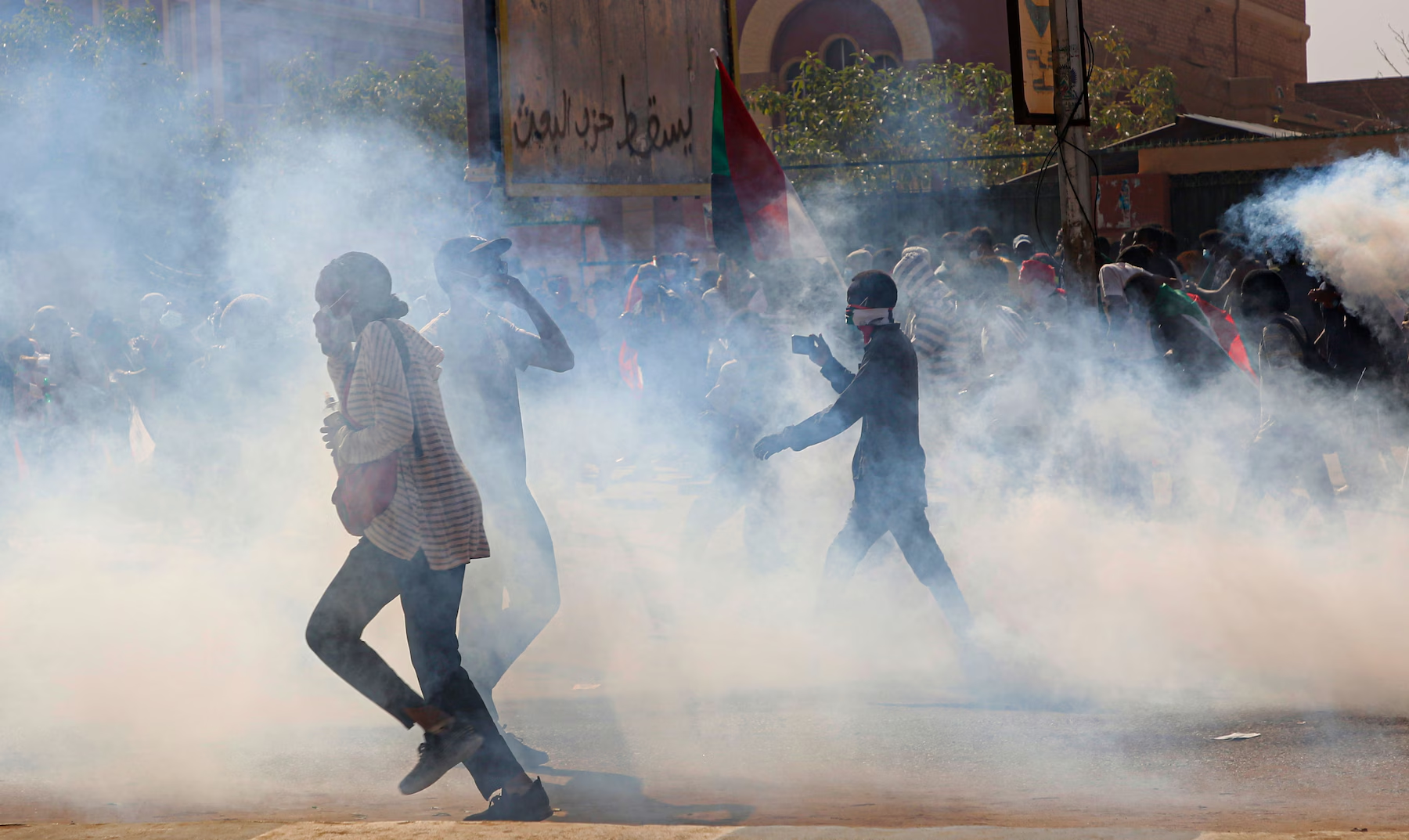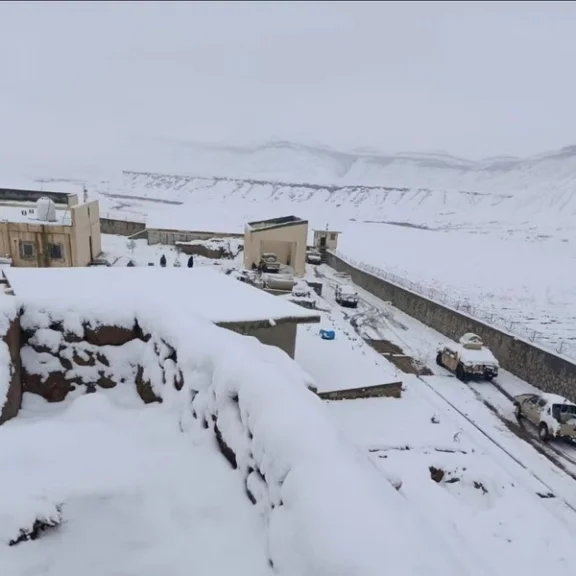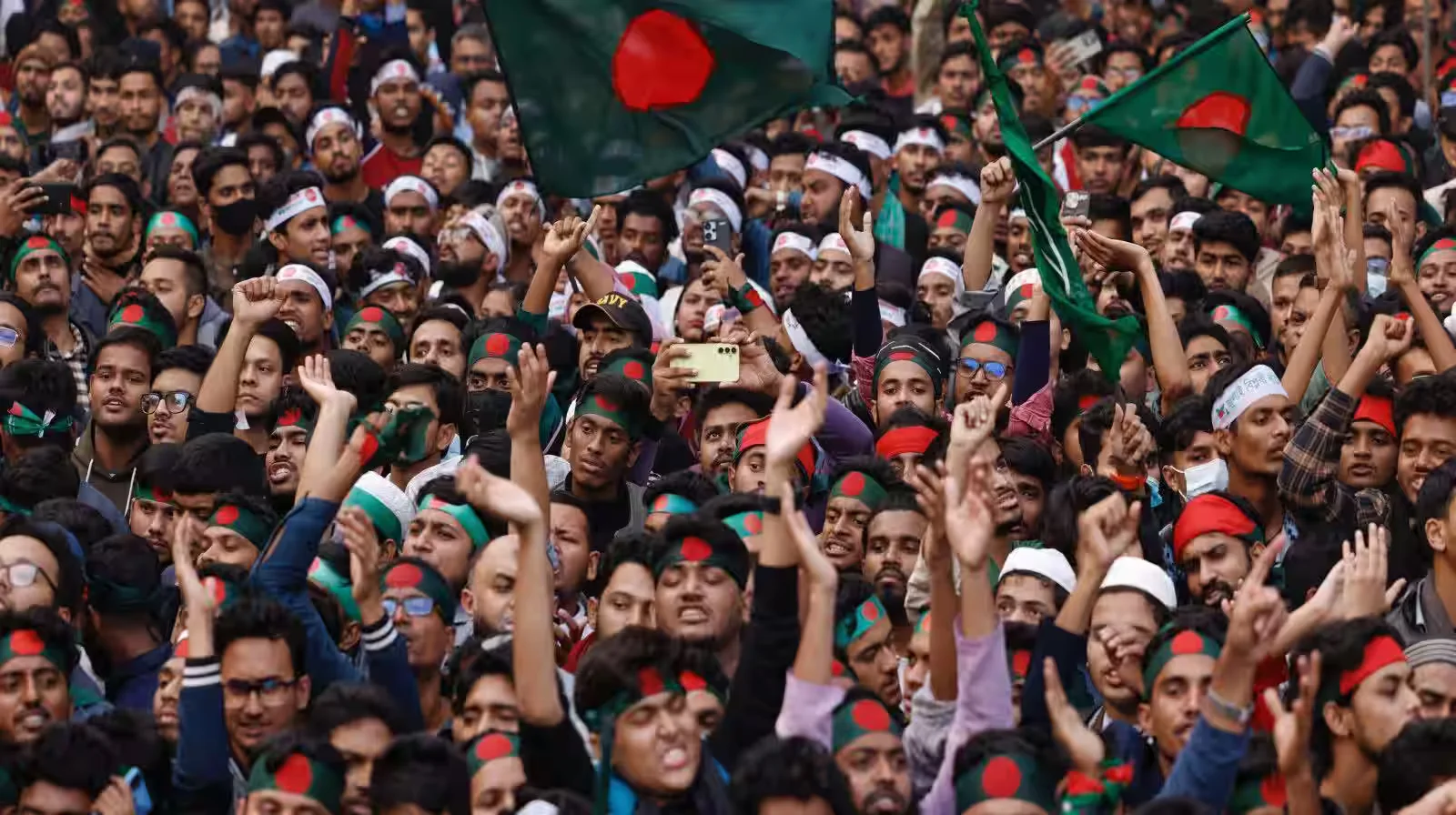The 21st century, particularly in Global South, has been frequently defined by the raw, visceral power of the street. From Tunis to Dhaka, popular uprisings, fueled by genuine grievances against corruption, economic destitution, and autocratic rule, have captured the global imagination. These movements, often romanticized as pure expressions of the popular will, carry the promise of radical transformation, a sweeping away of the old guard to usher in an era of justice and prosperity.
Yet, a dispassionate look at the historical record reveals a far more sobering reality. More often than not, street revolutions create a power vacuum that is filled not by the people, but by a new configuration of elites, the military, or simply chaos itself. The result is a tragic cycle where one set of problems is merely exchanged for another, leaving the masses who risked everything in much the same position as before.
The fundamental flaw in the revolutionary model is its inherent asymmetry: it is far easier to unite people against a common enemy than it is to unify them in building a complex, functional state. A corrupt dictator or a failed economic policy serves as a powerful, single-point catalyst for mass mobilization. However, once that catalyst is removed, the coalition of students, labor unions, middle-class professionals, and rural poor that stormed the barricades often splinters. Diverse ideologies, competing interests, and the sheer difficulty of governance come to the fore. Into this fractured landscape steps the only actor with cohesion, discipline, and a monopoly on force: the military, or a tightly organized political clique that was waiting in the wings. They promise stability, and a weary populace, battered by the upheaval, often accepts.
Case Studies in Disappointment
A quintessential cautionary tale is the Arab Spring. The initial euphoria in 2011 was boundless. In Egypt, the ousting of Hosni Mubarak was hailed as a democratic triumph. The reality was a brief rule by the Muslim Brotherhood, which was promptly overthrown in a 2013 military coup. Today, Egypt is arguably more autocratic than it was under Mubarak, with Freedom House’s 2023 report showing abysmal scores for political rights and civil liberties. In Libya and Syria, popular uprisings did not lead to democracy but to catastrophic civil wars, state collapse, and humanitarian crises that have destabilized the entire region for over a decade. The revolutions successfully destroyed the old order but failed catastrophically in creating a viable new one.
This pattern is not foreign to South Asia either. The 2022 Aragalaya movement in Sri Lanka is a potent recent example. A massive, sustained popular movement, driven by an unprecedented economic collapse, succeeded in forcing the powerful Rajapaksa family from power. President Gotabaya Rajapaksa fled the country in a spectacle of popular victory. Yet, who replaced him? Ranil Wickremesinghe, a six-time prime minister and the ultimate political insider, a figure emblematic of the very establishment the protestors sought to dismantle, was arrested in 2025 on corruption charges. The revolutionary energy on the streets was successfully channeled into a cosmetic change at the top.
While the Aragalaya removed a widely despised dynasty, it did little to alter the underlying structures of power and debt that caused the crisis. The subsequent government focused on implementing an IMF bailout package that necessitates painful austerity measures. These policies, including higher taxes and reduced public spending, disproportionately impact the same citizens who fueled the revolution. For the average Sri Lankan, the situation has not materially improved much, the faces in power have changed, but the economic hardship remains, now administered by a different set of hands. The revolution, in essence, simply installed a new manager for the similar policies.
Nepal offers another stark illustration of this revolutionary paradox. The 2006 Loktantra Andolan (People’s Movement) was a powerful, popular uprising that successfully ended 240 years of monarchy, a seemingly monumental victory for people power. The streets of Kathmandu swelled with citizens demanding a democratic republic. Yet, the aftermath was not the dawn of a stable, prosperous era, but a protracted period of bitter political infighting and institutional gridlock. The monarchical elite was simply supplanted by a new political class drawn from the leadership of the major parties. For nearly a decade, the country’s energy was consumed by power-sharing squabbles and the tortuous process of drafting a new constitution, which was finally passed in 2015 amidst significant controversy. According to a 2023 report by Transparency International, Nepal continues to score poorly on corruption perception, indicating that the fundamental issues of governance were not resolved by ousting the king. This failure to translate political freedom into economic progress or effective governance has now come full circle. The revolution that erupted in the streets of Kathmandu in September 2025 successfully removed the government, ousting the very political class the 2006 movement brought to power and proving that without deep institutional reform, one revolution often just sets the stage for the next.
The Hidden Hand
The narrative of a purely organic uprising is further complicated in the modern age by the role of external powers. Major geopolitical actors, seeking to expand their spheres of influence, often see popular discontent as an opportunity to be exploited. Revolutions can become proxy battlefields, with foreign governments and organizations channeling funds, training, and strategic advice to factions that align with their interests. This foreign backing doesn’t necessarily create grievances, but it can significantly shape the direction and success of a movement.
The “Color Revolutions” in post-Soviet states are textbook examples. The 2003 Rose Revolution in Georgia and the 2004 Orange Revolution in Ukraine were both massive street movements fueled by legitimate public anger over election fraud. However, they were also heavily supported by Western governments and NGOs providing funds and organizational support to the opposition. In these cases, the revolution was a complex mix of genuine popular will and a well-resourced push to install pro-Western governments, ultimately shifting the country’s geopolitical alignment without necessarily solving the deep-seated issues of governance.
Elite Capture or Total Collapse
The recurring theme is the takeover of the post-revolutionary state by a small, organized elite. The masses can provide the force for demolition, but they lack the organized structure for reconstruction. This is where the military often plays the decisive role, as seen repeatedly in Africa and Asia. Periods of civilian protest and political instability have frequently been the pretext for military coups, with generals presenting themselves as the reluctant saviors of the nation, absorbing the revolutionary energy into a new, disciplined authoritarian structure.
However, the alternative is often even more catastrophic. In cases where no single group is strong enough to seize control, the power vacuum devolves into a free-for-all. Libya is the archetypal example of this outcome. Following the 2011 uprising that overthrew Muammar Gaddafi, the state effectively collapsed, fragmenting into a patchwork of rival militias and competing governments. The revolution did not lead to a new state, but to a decade-plus of civil war, leaving the country broke, its infrastructure destroyed, and its people caught between warlords. In this scenario, the revolutionary energy is not just neutered, but dissipated into endless, destructive conflict.
This is not to argue that people should passively accept injustice. The grievances that drive citizens to the streets are real and profound. However, the analysis must extend beyond the intoxicating moment of a dictator’s fall. True, sustainable change is not born from the chaotic energy of a street movement alone. It is the product of the slow, unglamorous, and arduous process of institution-building: creating independent judiciaries, professional civil services, a free press, and a political culture that values compromise over confrontation. Ousting a leader is an event, building a democracy is a generational process.
Ultimately, the great illusion of the street revolution is that it offers a shortcut to a better future. The reality is that there are no shortcuts. By mistaking the removal of a symbol for the reform of a system, these movements often exhaust their energy in a single, cathartic burst, leaving the field open for more organized and ruthless actors to seize power. The challenge for societies yearning for change is to channel the righteous anger of the street into a long-term strategy for building resilient institutions. Without that, they are doomed to repeat the cycle of rising up, tearing down, and watching in despair as a new elite settles into the same old throne.






